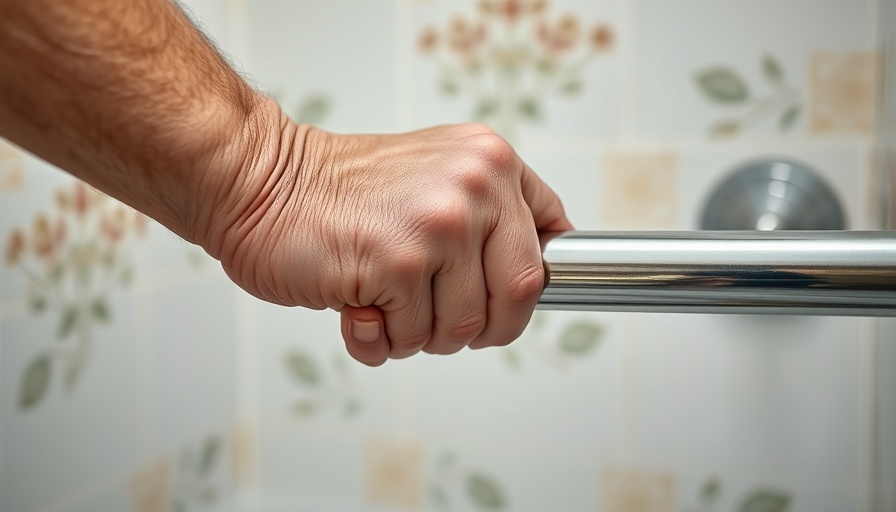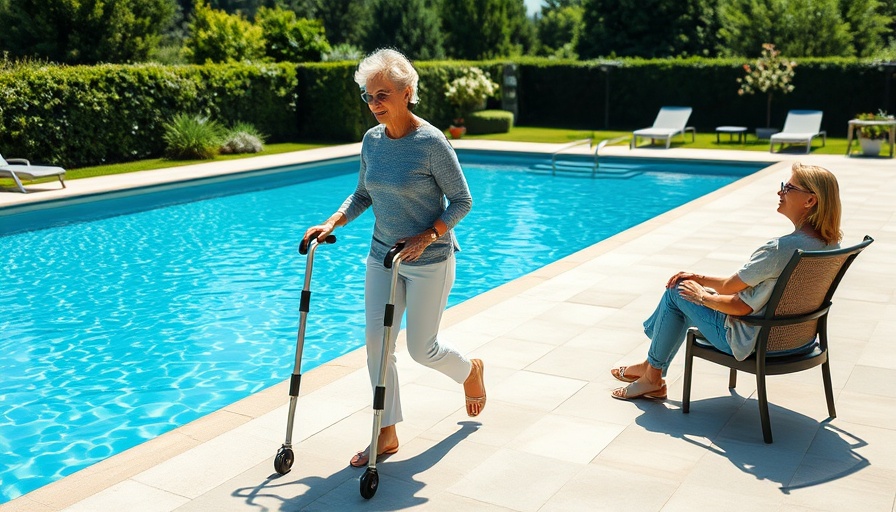
Understanding the Importance of Fall Prevention for Older Adults
Falls are a leading cause of injury among older adults, resulting in significant health complications and even fatalities. As bones become more fragile with age, taking proactive measures to prevent falls is not just advisable; it is essential.
Home Safety: Your First Line of Defense
Ensuring a safe living environment is vital for older adults. Simple adjustments can drastically reduce fall risks. Removing tripping hazards such as loose rugs and ensuring that all paths are clear can make a meaningful difference.
It's important for aging family members to have emergency contact numbers accessible. Keeping a mobile alert device or a phone nearby can be life-saving. These devices serve as a direct link to help when an emergency arises.
Exercise: A Cornerstone of Balance and Health
Exercise plays a crucial role in maintaining balance and overall health. Activities like light yoga, chair exercises, and water conditioning can enhance strength and flexibility, lowering the chances of falls. Regular walking, ideally with hiking sticks, can also improve stability while promoting cardiovascular health.
In addition, these activities foster mental well-being. Engaging in exercise routines can alleviate feelings of isolation and depression, which often accompany aging.
Emotional and Mental Health Benefits
Beyond the physical realm, preventing falls enhances emotional health. A secure environment allows older adults to maintain their independence and confidence, fostering a more positive outlook on life. When individuals feel safe and able, they are less likely to withdraw from social activities, which plays a critical part in overall wellness.
Practical Steps for Everyday Life
Incorporating simple daily practices can significantly enhance safety:
- Pay Attention to Your Surroundings: A moment of carelessness can lead to severe consequences. Always take your time when moving around, and be aware of your environment.
- Wear Proper Footwear: Invest in comfortable shoes with good support to prevent slipping.
- Utilize Bathroom Safety Aids: Features such as shower chairs and handrails can prevent mishaps in critical areas.
Community Support and Resources
Local healthcare centers, like the Center for Family Medicine, provide resources tailored for older adults facing mobility issues. Seeking professional guidance can assist not only in treating any existing conditions but also in designing a personalized fall prevention strategy.
Involving family and community support is equally important. Regular check-ins with loved ones and participation in local community activities can support both physical and emotional health.
Future Trends in Fall Prevention
Advancements in technology, such as wearable devices and smart home systems, are continuously evolving to enhance safety for older adults. These innovations can provide alerts for falls or detect when help is needed, further improving the quality of care and independence for seniors.
Conclusion: Take Action to Prevent Falls Today
Your health and independence are paramount. Implementing these fall prevention tips can lead to a significant improvement in quality of life. Don't hesitate to reach out to your community resources and family as you take active steps to ensure safety.
 Add Row
Add Row  Add
Add 



Write A Comment